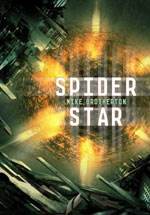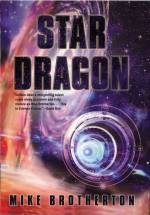Search
Living on a Planet Orbiting a Red Dwarf Star
April 17th, 2009
There’s a really interesting article over at space.com about prospects for life on planets in the habitable zone of red dwarf stars. Most stars in the galaxy are red dwarf (type M) stars, and will live forever, more or less (hundred billion+ years, much older than the universe’s 14 billion years so far).
I want to pick on one item wrong in the otherwise good story, and then highlight some things I think are really neat.
Here’s the wrong thing, from the very first sentence, which also contains a clue about the correction:
Roughly three quarters of the stars in the galaxy are red dwarfs, but planet searches have typically passed over these tiny faint stars because they were thought to be unfriendly to potential life forms.
Did you see it? The clue is “faint.” These are faint stars and hard to observe with sufficient signal-to-noise ratios to detect planets. The observations are hard enough with brighter stars, and required years of refinements to the techniques to do at all. Let me tell you, the first serious planet hunters like Geoff Marcy and Debra Fisher didn’t skip over M stars because they were thought “unfriendly to potential life forms.” Hell no. I think I even asked Debra about why they didn’t look at the lower mass stars some ten years ago when we shared a night working at Lick Observatory. Anyway, planet hunters started out thrilled to find any planets anywhere around any kinds of stars, and for the most part still haven’t found planets likely to be friendly to be lifeforms. This is quite misleading, but may simply result from not talking to any of the people who actually do the planet searches.
It sounds like, from reading the article, that a viable life-bearing planet around a red dwarf would be either tidally locked or slowly rotating, and that winds would keep the dark side from freezing to ridiculous temperatures. After the first few billion years the intense and frequent flaring would have subsided. The sun would loom large in the sky, perhaps a little orangish rather than blood red. (See what I wrote last year about this in The Red Light District and Part 2: The Light Bulb Paradox).
Anyway, I think such a world would be a tremendously cool setting for science fiction stories, if handled with accurate science.
You can follow any responses to this entry through the RSS 2.0 feed. You can leave a response, or trackback from your own site.

